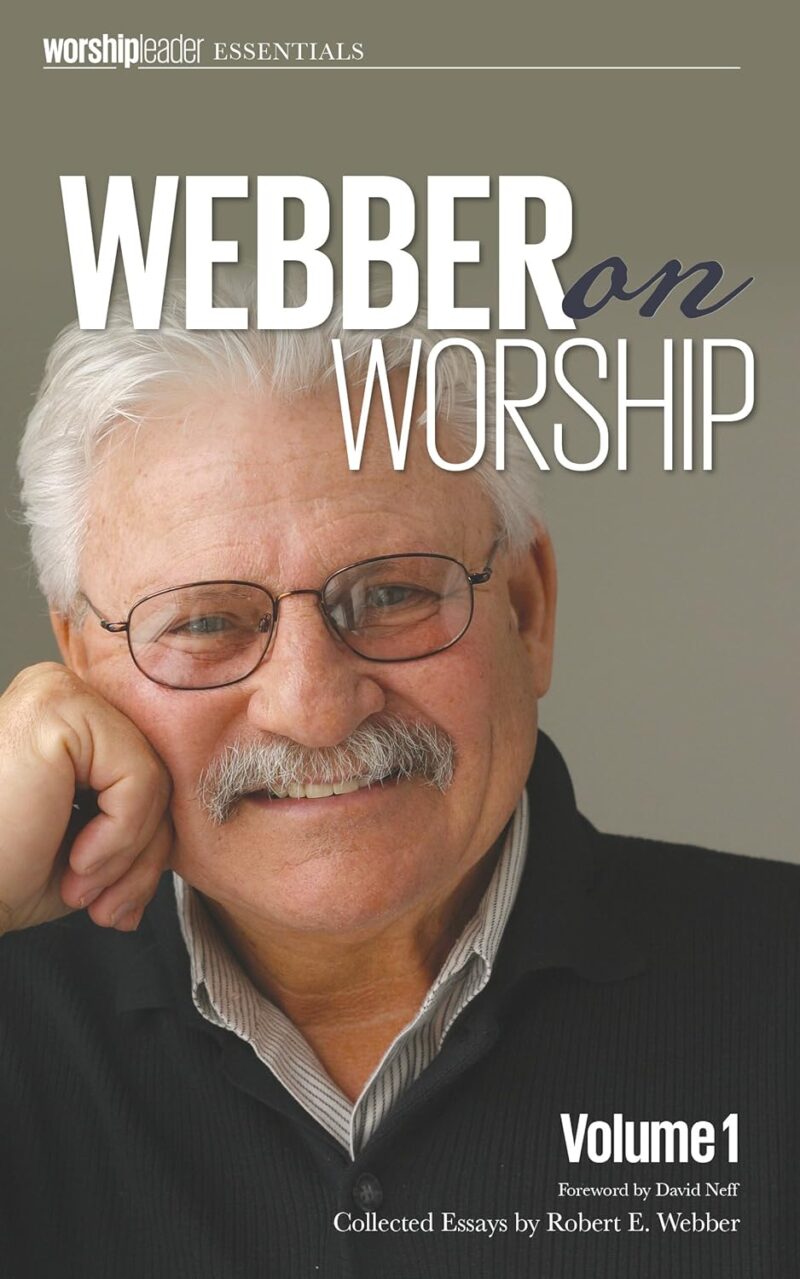Worship Leading: Really, What Is Our Purpose?

Steven Soltow is the creative arts director and worship leader…
When anyone takes on any kind of job or position, what is one of the most important questions to ask?
What is Our Purpose?
As worship leaders, what is our purpose? We are told in Romans 12:1-2 that we are to “present our bodies as a living sacrifice, holy and pleasing to God.” We are told not to conform to the ways of the world, but to be transformed by the renewing of our mind in order to discern the good, pleasing, and perfect will of God. This passage tells us that this is our spiritual worship. This also tells us that our worship is a very personal thing. How then does this translate to leading large groups of people in worship through music?
The Platform Doesn’t = Worship
Here’s the key thing: the reason why we step on the platform is not just to worship Jesus. We don’t have to be on stage to do that. If that’s all we want to do, then we have no business leading. When we get on that stage we are leading people in worship. We are serving them. It is top priority that they see Jesus in us and that they draw closer to God during the songs we lead them through. With that said, surely we want to see everyone in our congregation responding and presenting their bodies as holy sacrifices during praise and worship. We want to see people drawing closer to God just like we are on stage. But how do we do this?
Create an Atmosphere
We must try our best to know our congregation and create an atmosphere of praise and worship that will connect with them and will at times very gently push them past their comfort zones. This atmosphere is created by the songs we sing, the way we sing them, the way we present ourselves on stage, the instrumentation, the sound (volume, amount of effects, etc), media, lighting, what we say, and how we pray. So many things go into effectively leading people in praise and worship.
Our Ultimate Audience is Jesus
With that said: even though our ultimate audience is Jesus, it’s important that not only those of us on stage are worshiping, but also that people in the congregation are worshiping and feel like they are included in the worship time. It’s very easy to get so caught up in the moment and in your own personal worship that you completely forget about the congregation in front of you! As worship leaders, we can close our eyes and be so taken by the music we are creating and see God so clearly and feel the Holy Spirit moving. In that moment you’re forgetting your purpose as a worship leader. As a worshiper, we are most definitely presenting ourselves as a living sacrifice and singing with our whole hearts when we close our eyes and in some measure block the rest of the world out to focus on Jesus. But as a worship leader of the other 300 people in a worship service – how are you leading them by seemingly blocking the rest of the world out – including them? Is the congregation keeping up with your worship or are they feeling left out and left behind? These are very important things to notice when you are leading people.
Connect with the Congregation
As a worship leader, you must connect with the congregation. You must gauge where they’re at. You must bring them along with you in this journey of praise and worship that you are about to share with them. Granted, it is not usually easy to find the balance between following the Holy Spirit and effectively guiding the congregation in that leading.
I was once given the analogy by my pastor that leading a group of people is like steering a ship. A small speedboat can move fast and turn on a dime, but a large cruise ship moves much slower and cannot be turned quickly. The groups we lead in praise and worship are like this. In a small, intimate living room setting of 10 people, one can make quick decisions to try something new or to go to another song completely without much notice. In a worship service when leading hundreds of people, a worship leader has more people to lead and must be more cautious with leading. It’s all about reading people and bringing them along. It’s much easier to read the faces of 10 or 20 people and see how engaged they are and how ready they are to take the next step. But it’s a whole different ship, if you will, to read the faces and body language of 300-400 people and make a quick decision to take the next step.
So, as you continue in your journey as a worship leader don’t forget the people you are leading! Don’t ever forget that your congregation is the reason that you are leading from the stage.
— — — — — —
Books on Worship Leading
Our Devotional Podcast
*Our website is supported by our users. We sometimes earn affiliate commissions when you click through the affiliate links on our website. Contact us with questions.
What's Your Reaction?
Steven Soltow is the creative arts director and worship leader at Life Community Church in Newark, DE. Steven loves working alongside vocalists and musicians as they grow in their musical and leadership gifting. He is recently married to his wife, Caitlyn, and they reside in Wilmington, DE.










